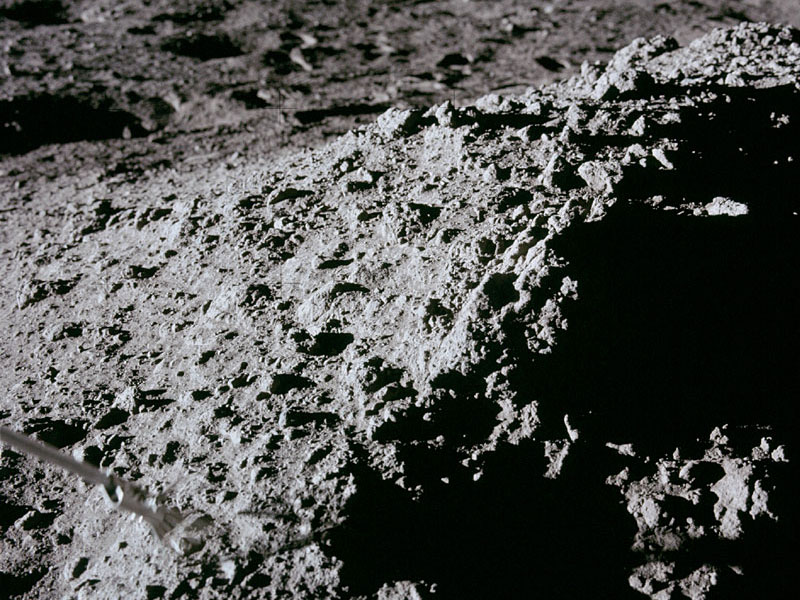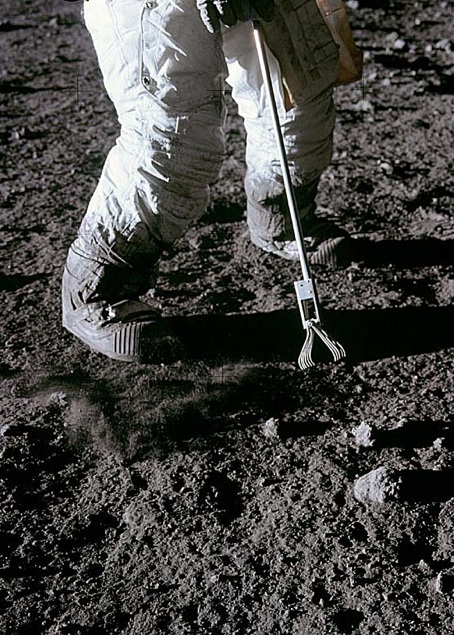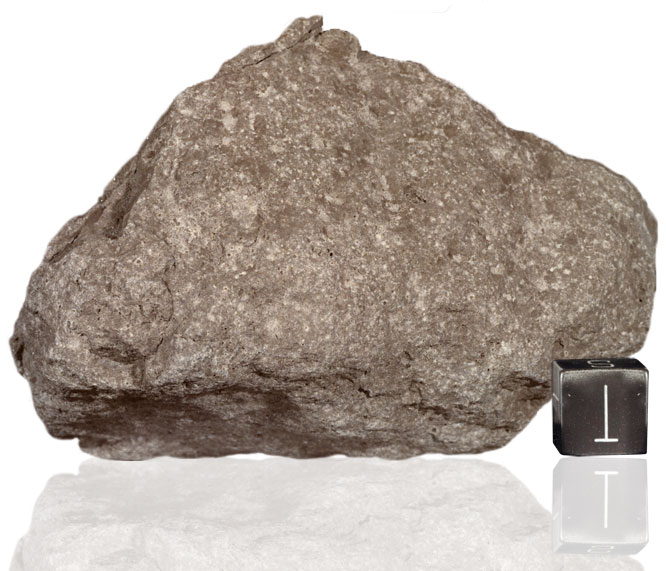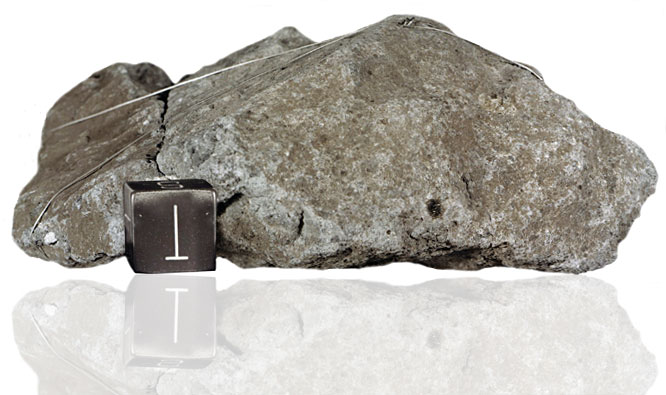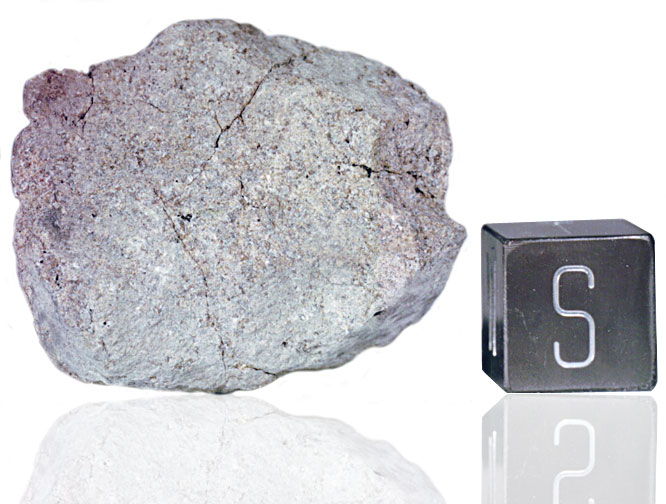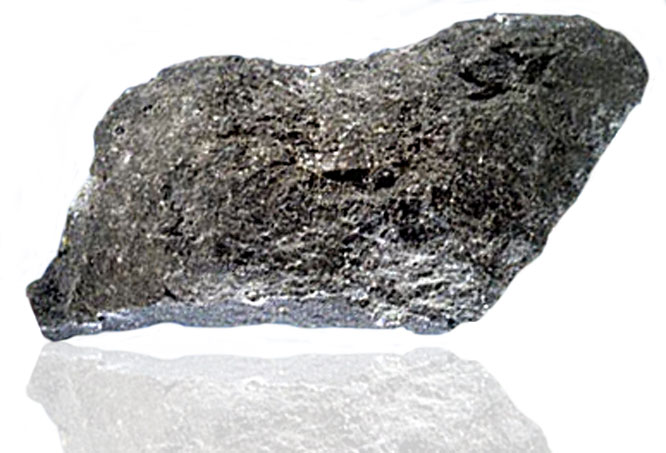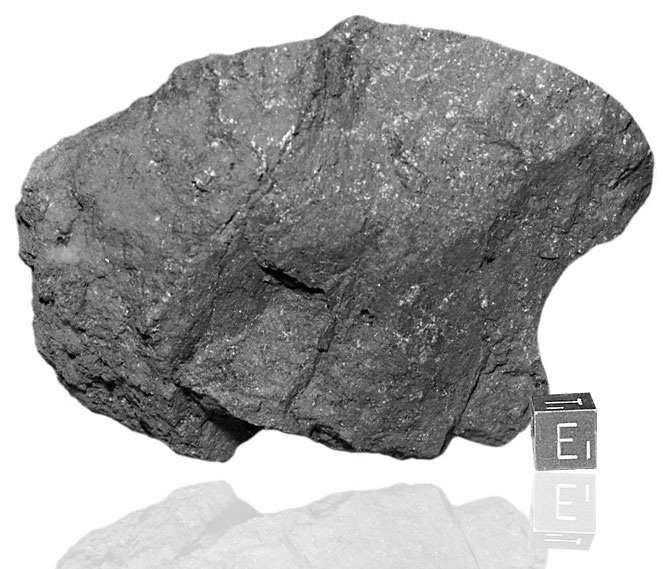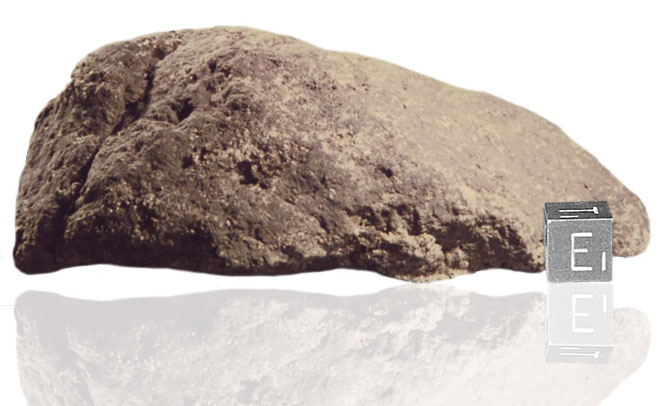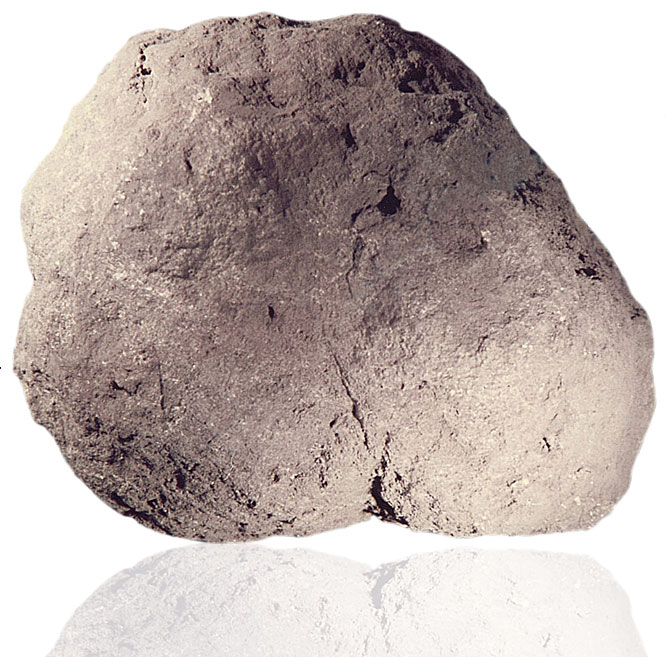
Fact sheet
Sample 12002 is medium-grained porphyritic lunar Mare basalt collected by Alan Bean during the Apollo 12 mission. The sample was erupted onto the lunar surface between 3.15 and 3.35 billion years old.
The rock contains phenocrysts of olivine and pyroxene (both augite and pigeonite). The phenocrysts often host melt inclusions (now crystallised as glass) indicating they formed as skeletal crystals and grew to include the melt. The fine-grained groundmass contains intergrown pyroxene and plagioclase feldspar, often forming bundles of radiating needles. Ilmenite is the other readily identifiable species present in thin section. Accessory minerals include chromite inclusions rimmed with ulvospinel and blebs of iron-nickel metal.
Further details of this and other Apollo samples are here: http://curator.jsc.nasa.gov/lunar/
